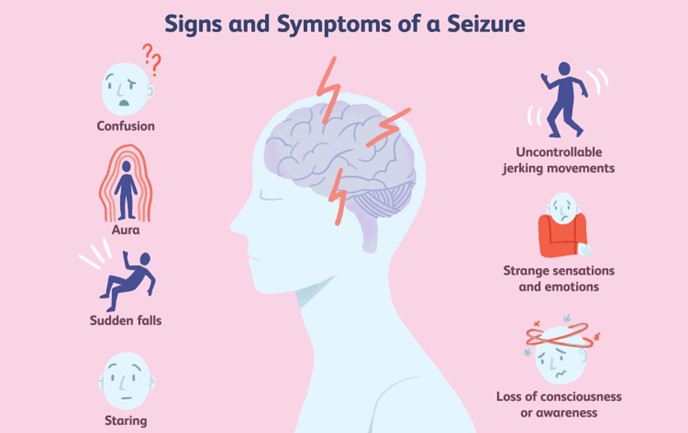A community health nurse is teaching a group of parents about manifestations of alcohol withdrawal. Which of the following manifestations should the nurse include in the teaching?
Seizures
Hyperglycemia
Hypotension
Somnolence
The Correct Answer is A
The correct answer is choice A, "Seizures." Manifestations of alcohol withdrawal can vary depending on the severity of the addiction, the duration and frequency of alcohol consumption, and the presence of other medical conditions. Seizures are a common manifestation of alcohol withdrawal, which can occur within 6 to 48 hours after the last drink. Other manifestations of alcohol withdrawal include tremors, anxiety, sweating, nausea and vomiting, tachycardia, hypertension, and hallucinations. These manifestations can be severe and life-threatening, especially if not managed appropriately. It is essential to monitor clients with alcohol withdrawal closely, administer medications as ordered, and ensure that clients receive appropriate medical care to prevent complications and promote recovery.

Nursing Test Bank
Naxlex Comprehensive Predictor Exams
Related Questions
Correct Answer is B
Explanation
A school nurse caring for a child with muscular dystrophy who is having difficulty swallowing at lunch should initiate a referral to a speech-language therapist. Swallowing difficulties, or dysphagia, can lead to aspiration and respiratory complications. Speech-language therapists specialize in the evaluation and treatment of dysphagia. Occupational therapists may also work with clients who have dysphagia to help with positioning and adaptive equipment, but their primary focus is on activities of daily living. Dietitians may be consulted for nutritional support, but they are not trained to evaluate or treat dysphagia. Respiratory therapists may be involved in the care of clients with dysphagia who have respiratory complications, but they are not the primary referral for this issue.
Correct Answer is A
Explanation
. Tertiary prevention aims to prevent complications or further deterioration in individuals with existing health problems. Developing resources for victims of abuse is an example of tertiary prevention because it aims to prevent further harm to individuals who have already experienced violence. Presenting community education programs about stress management and urging community leaders to make nonviolence a priority are examples of primary prevention activities, which aim to prevent the occurrence of violence in the first place. Assessing for risk factors of intimate partner abuse during health examinations is an example of secondary prevention, which aims to detect violence early and intervene to prevent its progression.
Whether you are a student looking to ace your exams or a practicing nurse seeking to enhance your expertise , our nursing education contents will empower you with the confidence and competence to make a difference in the lives of patients and become a respected leader in the healthcare field.
Visit Naxlex, invest in your future and unlock endless possibilities with our unparalleled nursing education contents today
Report Wrong Answer on the Current Question
Do you disagree with the answer? If yes, what is your expected answer? Explain.
Kindly be descriptive with the issue you are facing.
